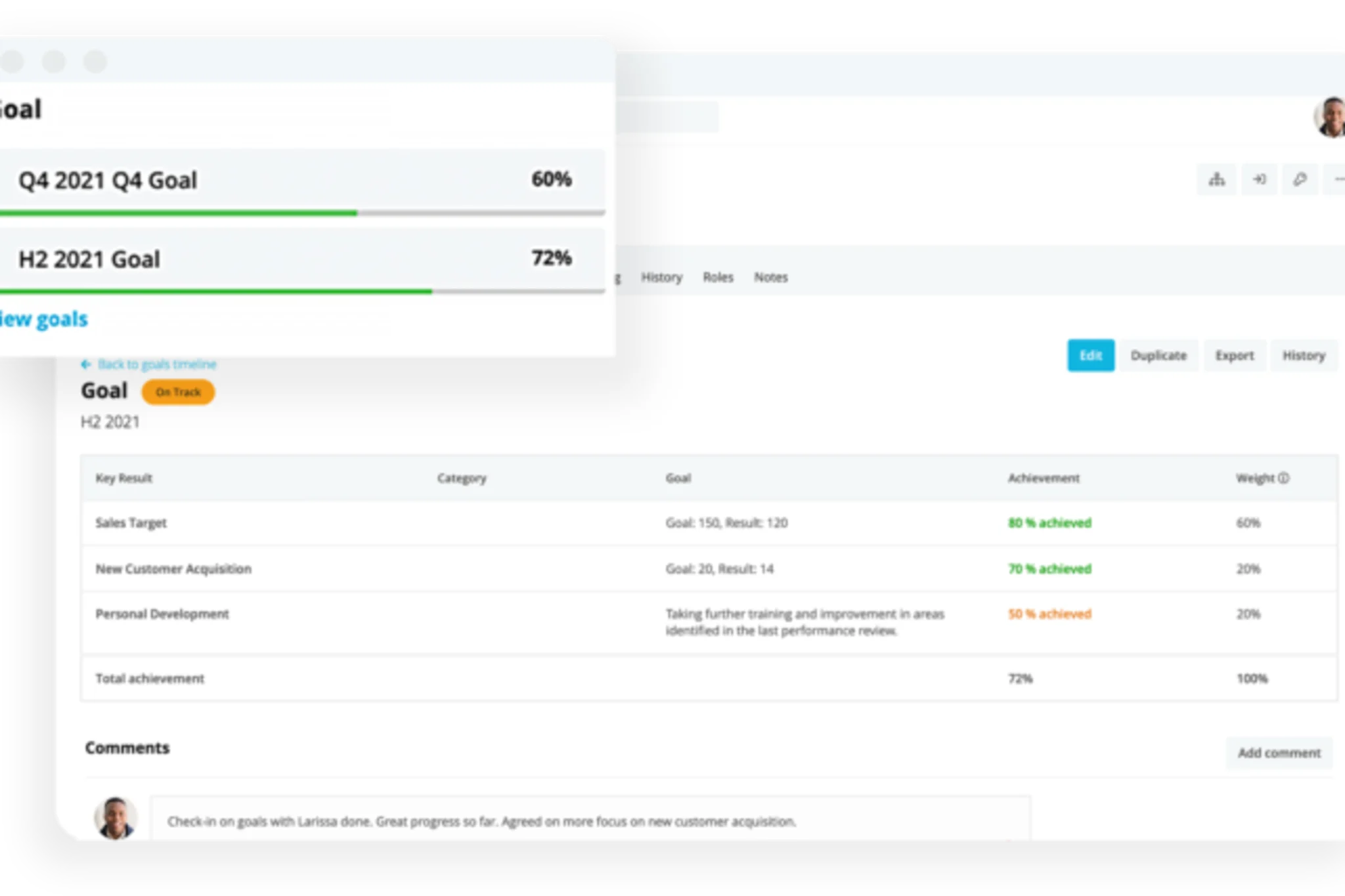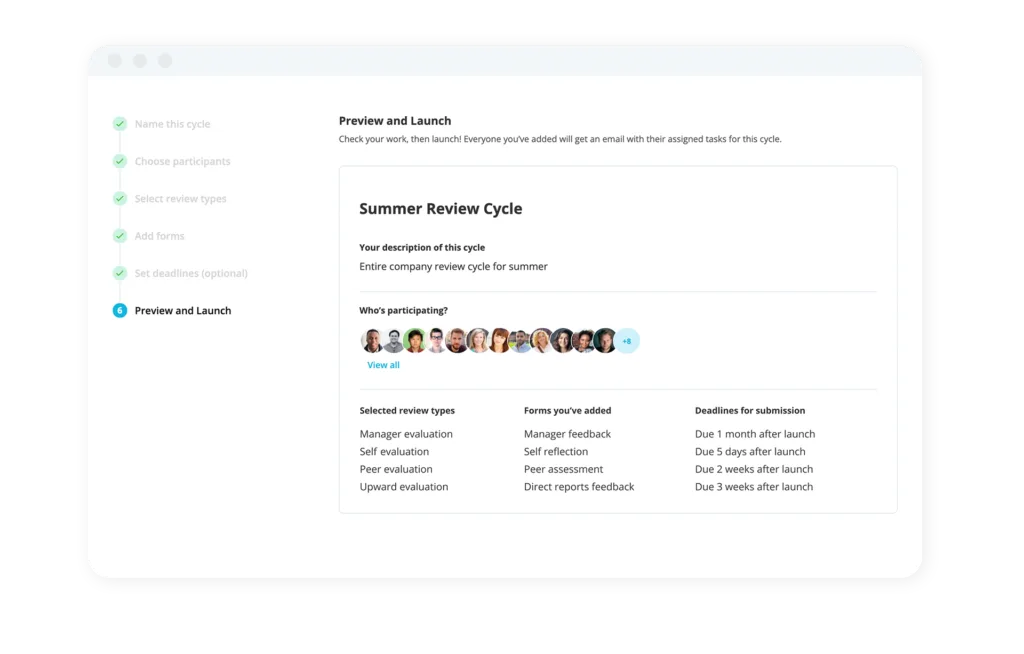Indirect Discrimination In The UK: What HR Needs To Know

Indirect discrimination is an incredibly complex topic. After all, is it even possible that your employees, your company, or your policies are discriminatory without even realizing it?
The short answer is yes. But, in this article, we'll dive into what constitutes indirect discrimination and how to stop unconscious bias, with helpful examples along the way.
Download our recent study for more up-to-date insights on the world of HR.Contents
- 1Discrimination In The UK: The Basics
- 2What Is Indirect Discrimination?
- 3What’s The Difference Between Direct And Indirect Discrimination?
- 4Different Types of Discrimination: Direct, Indirect, and By Association
- 5What Are Examples Of Indirect Discrimination At Work?
- 6How Can HR Help Manage Indirect Discrimination?
- 7How Challenging Indirect Discrimination Is Good For Business
- 8How Can Employees Prove Indirect Discrimination?
- 9Should You Train Employees On Indirect Discrimination?
- 10What Impact Can Indirect Discrimination Have On An Organization?
Discrimination In The UK: The Basics
In the UK, the Equality Act 2010 legally protects people from discrimination, harassment and victimization based on nine different, protected characteristics. These are:
Age
Disability
Gender reassignment
Marriage and civil partnership
Pregnancy and maternity*
Race
Religion or belief
Sex (gender)
Sexual orientation.
*(Indirect discrimination only applies to eight of the nine protected characteristics above, since discrimination on the grounds of ‘pregnancy and maternity’ is always direct discrimination).
It is against the law to discriminate against anyone based on these nine protected characteristics. That’s why it’s important for HR teams to be aware of the issue. This way, they can take steps to protect the company and to educate employees.
It’s also important to remember that discrimination comes in various forms: direct, indirect, and even ‘discrimination by association,’ as you will see outlined below.
What Is Indirect Discrimination?
Indirect discrimination is when a policy, applied to everyone, has the (often) unintended consequence of disadvantaging certain protected groups. The discrimination is not directly applied, but indirectly felt.
Before we go any further, it’s worth noting that a ‘policy’ isn’t just a document that’s written down somewhere. It can also include a rule, an arrangement, or a ‘practice’ (which means something you do regularly, without thinking, or just because ‘it’s the way things are done around here’).
What’s The Difference Between Direct And Indirect Discrimination?
Direct discrimination takes place when someone is treated differently because of who they are. Indirect discrimination is what happens when people are not discriminated against intentionally but, by treating people the ‘same,’ it creates a disadvantage for some people or has a negative effect on them.
An Example of Indirect Discrimination from the EHRC
Imagine if you were hiring an employee to provide emergency or protective services (a security guard, for example). You might think you need employees to be six-foot-tall in order to do the job well. Unfortunately, by phrasing it that way, your policy discriminates indirectly against women, who are likely to be shorter.
Sometimes you need to discriminate – and that’s okay if you can explain why it’s important.
The EHRC says that indirect discrimination can be justified if there’s a "proportionate means of achieving a legitimate aim.” Logically, if you want to hire firefighters or rescue service members, it’s justifiable to require them to be strong. But could your six-foot-tall rule be discriminatory? Sadly, yes.
How do you get around it? By making rules that are sensible, but prevent bias. Let’s think about another way of making sure your security guards are strong, brave, and intimidating enough to do the job…
The EHRC suggests that, in order to be less discriminatory, rather than specifying a particular height, you might require employees to demonstrate a certain level of strength instead, so they can do the job.
If they can pass the test, this meets the requirement of being both proportionate and legitimate. You might even find that shorter women or non-traditional-looking security guards end up doing the job even better than their six-foot-tall counterparts!
Different Types of Discrimination: Direct, Indirect, and By Association
According to the Equality and Human Rights Commission, “direct discrimination happens when someone is treated less favorably because of a protected characteristic.”
For example, if a restaurant only hires barmaids – not men – that would be direct discrimination. (It’s never okay to have direct discrimination at work except for in one situation – the case of age – which is a special exemption that applies where very high levels of physical fitness are required, and the job couldn’t be done by someone older. For more information on age discrimination visit ageuk.org.uk).
If people perceive employees to have a ‘protected characteristic’, this can also count as discrimination by perception.
In their video on discrimination in the UK, the EHRC uses the example of someone who talks openly about gay marriage, and is perceived by the listener to be gay and is then discriminated against.
An alternative example might be not asking a mother to work overtime shifts because she is perceived to be the primary caregiver. It might be true, but making the assumption is a type of indirect discrimination and you could be in serious legal trouble if challenged!
Another type of indirect discrimination is ‘discrimination by association.’
For example, if an employee is at an event where a server refuses to serve wine because one member of their party is perceived to be Muslim and they think it’s not okay to offer alcoholic beverages, the other members of the party are associated with this perception, and discriminated against, by association.
What Are Examples Of Indirect Discrimination At Work?
Here are a few examples of religious, racial, and gender-based discrimination.
Indirect Religious Discrimination
If you require employees to work on certain days of the week, but their religion prohibits them from doing so, a policy or change in working patterns that makes this mandatory is discriminatory, even if you don’t intend it to be.
For example, let’s imagine that you run a cafe. If a manager changes shift patterns so that everyone has to work on Saturdays (to be fair to all employees, in theory), this could be discriminatory against Jewish employees who can’t work on Saturdays (as it’s a religious day).
Indirect Racial Discriminatio
If you write a job description that requires a candidate’s first language to be English, this can discriminate against candidates who speak excellent English, but who were born in a country where English wasn’t their native language.
Indirect Sex Discrimination
If you turn down a request from a new mom who wants to work flexible hours – because it’s not fair to other team members and everyone has to work full time – that could be direct indiscrimination. It might not seem obvious, but requiring mothers to work full-time might have a worse impact on women than men who are generally more likely to care for children.
How Can HR Help Manage Indirect Discrimination?
HR leaders have spent many years studying, reading about, and even training people on, issues related to discrimination. The issue is complex, to put it lightly.
For example, acas says that an employer must not ask questions about any protected characteristic when hiring new staff, except in rare circumstances. You can’t ask someone if they’re disabled. But you can ask all applicants if they need any reasonable adjustments to complete the interview or any part of the hiring process.
How Challenging Indirect Discrimination Is Good For Business
Considering our own biases and challenging them is an important part of raising awareness about discrimination.
And, apart from anything else, more diverse teams produce better results. As just one example, the Boston Consulting Group found that organizations with higher than average diversity on their management teams reported 19% higher revenue!
HR can help their employees and managers manage indirect discrimination by giving seminars on the subject, making literature available, being aware of the issue themselves, and addressing indirect discrimination in all HR-related processes and documents.
If in doubt, consult sources like the Equality and Human Rights Commission, acas, and the Citizens Advice Bureau.
Read our complete guide to equality and diversity in the workplace here.
How Can Employees Prove Indirect Discrimination?
If you do find yourself in a situation where an employee believes that they have been the victim of indirect discrimination, stop, take a deep breath and take a step back.
The problem with indirect discrimination is that it’s not obvious. That’s why it’s so hard to spot. In addition, indirect discrimination can arise precisely because people are trying not to discriminate, so it’s often an emotional issue.
These guidelines from acas are helpful to use as a starting point when considering whether an employee has a case against you.
Employees who feel like they’re being indirectly discriminated against must be able to show:
That there’s a policy, practice or rule which applies to everybody in the same way; and
It places people who share their protected characteristic at a disadvantage; and
It places them at a disadvantage, personally; and
The person applying the policy, practice or rule can’t show there’s a good enough reason for it.
If you do end up in court, bear in mind that they must balance the employer’s need to apply the provision, criterion or practice, with its discriminatory effect on the employee.
Legal firm, Ellis Whitton shares some good advice about objective justifications for indirect discrimination. They note that “You must show that you have thought about the effects of your practices or measures and considered that this was the least discriminatory way to do things.”
Thrive Law also says that, “in all Tribunal claims including discrimination, the legal time limit is three months less one day from the last act of discrimination. Therefore, in order to bring discrimination, claim to the Employment Tribunal the discrimination must have occurred in the past three months”.
Should You Train Employees On Indirect Discrimination?
There is no legal requirement to train your employees about indirect discrimination, but it may be the wise choice. Especially as part of any broader equality and diversity training you provide.
At the veryleast, HR leaders should make sure that they are aware of what indirect discrimination is and, ideally, have written recommendations on how to deal with it available as part of your general HR policies.
What Impact Can Indirect Discrimination Have On An Organization?
Discrimination of any type is a serious matter.. Not only is it just not cool, it can create an unhappy and divided workplace.
The advisory firm, Croner, goes further, saying that an employee who suffers indirect discrimination might feel violated, shamed, and intimidated.
If you don’t deal with discrimination in the right way, your business could lose thousands of pounds and find its reputation ruined.
The best bet is to start thinking about indirect discrimination as soon as possible. If in doubt, get the advice and input of an expert in this area and make sure your policies cover it.
Disclaimer
Disclaimer: We would like to inform you that the contents of our website (including any legal contributions) are for non-binding informational purposes only and does not in any way constitute legal advice. The content of this information cannot and is not intended to replace individual and binding legal advice from e.g. a lawyer that addresses your specific situation. In this respect, all information provided is without guarantee of correctness, completeness and up-to-dateness.


